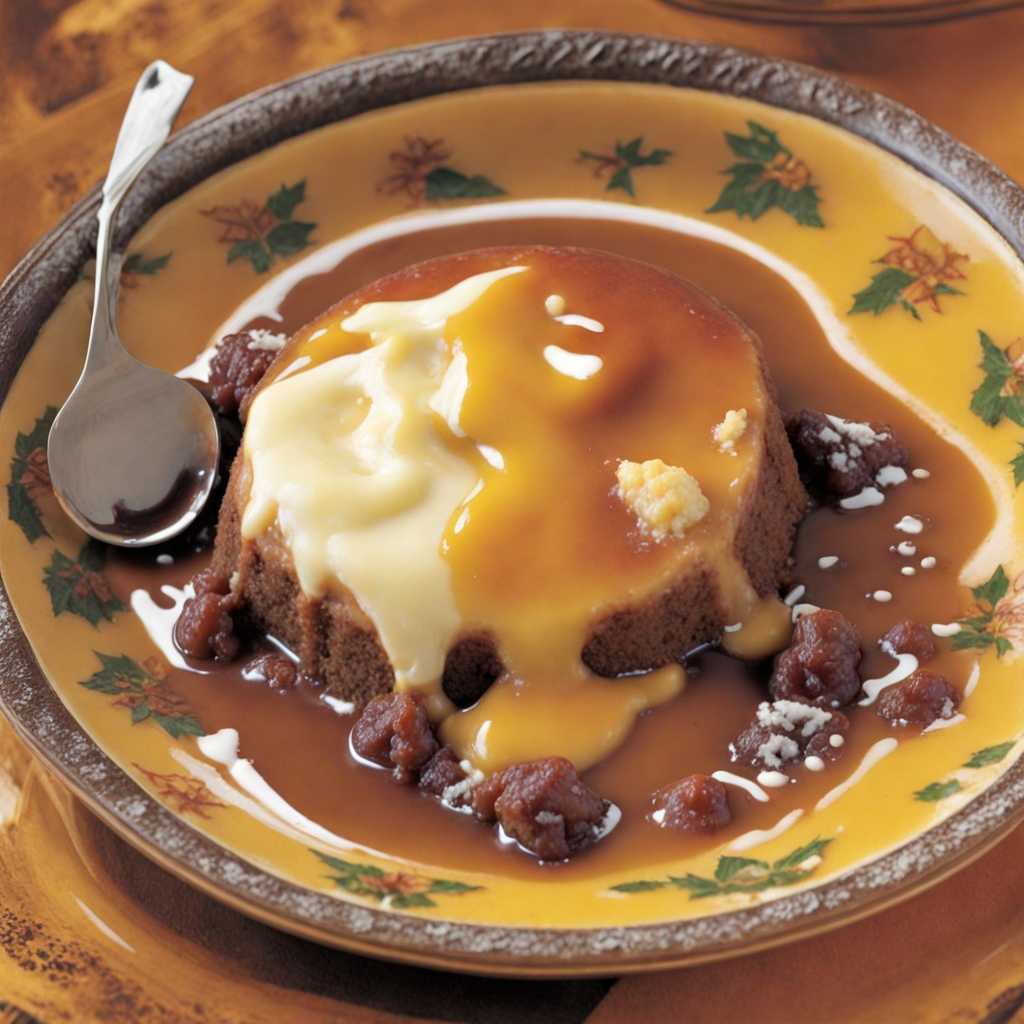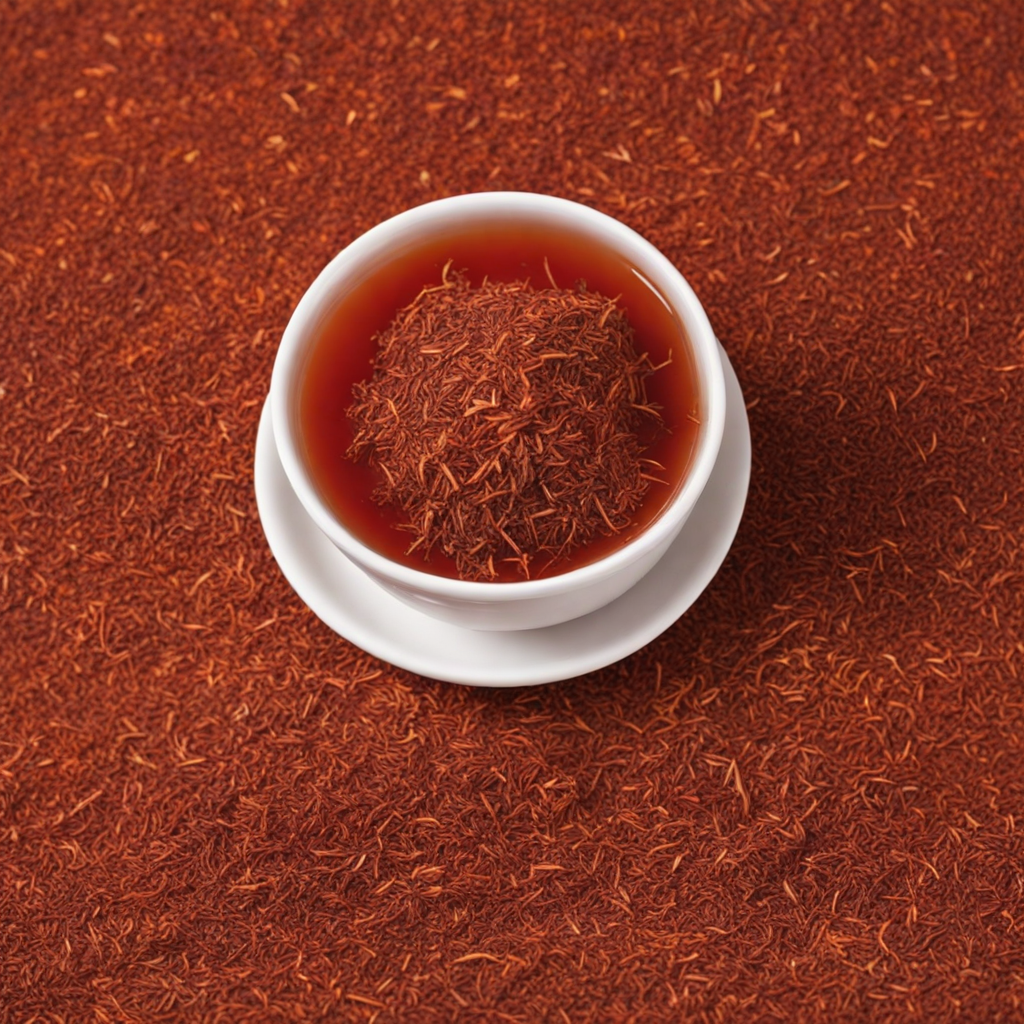Pudding
Pudding in South Africa is a delightful and comforting dessert that showcases the rich culinary heritage of the region. Often made with a base of flour, sugar, and eggs, it is typically steamed or baked to create a soft, moist texture. South African puddings often incorporate local ingredients, such as cornmeal or rice, which lend a unique flavor profile and a satisfying heartiness. Traditional favorites like malva pudding, a spongy cake-like dish drenched in a sweet sauce, exemplify the balance of sweetness and a hint of tang that makes these desserts so appealing. One of the most iconic versions is the milk tart, a creamy and fragrant pudding infused with cinnamon and nutmeg, sitting on a buttery pastry crust. This dessert evokes memories of family gatherings and celebrations, as it brings people together over its luscious flavor and comforting aroma. Another beloved option is the caramel pudding, known for its rich, velvety texture and the deep, caramelized flavor that lingers on the palate, making it a favorite among children and adults alike. What sets South African puddings apart is the communal experience they inspire. Often served at festive occasions and Sunday lunches, these desserts are made to be shared, and the joy of tasting different variations is part of the experience. Whether enjoyed warm or chilled, South African puddings invite you to explore a world of flavor that is both familiar and new, making them a must-try for anyone eager to indulge in the country's vibrant food culture.
How It Became This Dish
The History of Pudding in South Africa Pudding, a term that evokes a rich tapestry of flavors and textures, has a venerable place in South African cuisine. This dish, often associated with warmth, comfort, and celebration, embodies the country’s diverse cultural heritage and culinary evolution. To understand the significance of pudding in South Africa, one must delve into its origins, cultural importance, and development over the years. #### Origins of Pudding The word "pudding" originates from the Old French "boudin," which referred to sausage or blood pudding. It is believed to have been derived from the Latin “botellus,” meaning "small sausage." While pudding as a concept has its roots in Europe, particularly within British culinary traditions, South African pudding is a unique amalgamation of indigenous African elements and influences from colonial settlers. Pudding in South Africa can be traced back to the early indigenous peoples, such as the Khoisan, who utilized local ingredients to create various forms of porridge-like dishes. These early forms of pudding were often made from maize meal or sorghum and served as a staple food. As the Bantu migrations progressed, the use of ingredients such as millet and beans became more prevalent, laying the foundation for a diverse range of puddings. With the arrival of European colonizers in the 17th century, particularly the Dutch, British, and French Huguenots, new ingredients and methods were introduced. The European settlers brought sugar, flour, and dairy products, which began to influence local pudding recipes. Over time, the distinct regional varieties of pudding began to emerge, reflecting the country’s varied landscapes and cultures. #### Cultural Significance In South African culture, pudding is more than just a dessert; it symbolizes community, family gatherings, and celebrations. It plays a prominent role in traditional feasts and ceremonies, where it is often prepared for special occasions like weddings, holidays, and birthdays. Pudding is a unifying dish, bringing together diverse communities during festive gatherings. Within various cultural groups, pudding takes on unique forms and meanings. For example, among the Afrikaners, malva pudding is a beloved dessert. This sticky, sweet pudding, made with apricot jam and served with custard, reflects the Afrikaner’s colonial heritage and has become a staple in many homes. The dish is often served at Sunday lunches and family gatherings, showcasing the importance of food in fostering connections among loved ones. Similarly, among the Xhosa people, there is a traditional pudding known as "umngqusho," made from samp (dried corn) and beans. This dish is often served during special occasions and is associated with cultural identity and pride. The preparation of umngqusho is often a communal activity, further emphasizing the dish's role in strengthening social bonds. The significance of pudding transcends cultural boundaries, as it is often adapted and reinterpreted by various ethnic groups, leading to a rich variety of recipes and flavors. This adaptability is a testament to South Africa’s multicultural society, where food serves as a bridge between different traditions and histories. #### Development Over Time As South Africa entered the 20th century, the evolution of pudding continued, influenced by changing social dynamics and culinary trends. The rise of urbanization and globalization brought new ingredients and cooking techniques, which were incorporated into traditional recipes. For instance, the use of chocolate, caramel, and exotic fruits began to flourish in pudding preparations, reflecting broader global culinary trends. In the post-apartheid era, there has been a renewed interest in South African cuisine, with chefs and home cooks alike seeking to celebrate local ingredients and traditional dishes, including puddings. This resurgence has led to a renaissance in South African cooking, where traditional puddings are often reimagined with contemporary twists. Modern South African chefs are creatively blending traditional recipes with influences from international cuisine, producing innovative puddings that celebrate local flavors while appealing to global palates. For example, the incorporation of rooibos tea into custards and the use of local fruits like granadillas and guavas in sweet sauces highlight the ongoing evolution of pudding in contemporary South Africa. Social media has played a significant role in this culinary renaissance, allowing for the sharing of recipes and techniques across cultural boundaries. Home cooks and professional chefs alike showcase their pudding creations on platforms like Instagram, inspiring a new generation to explore and appreciate South African desserts. #### Conclusion Pudding in South Africa is a dish steeped in history, cultural significance, and continuous evolution. From its indigenous roots to its adaptation through colonial influences and modern reinterpretations, pudding embodies the country’s diverse culinary landscape. As South Africans continue to celebrate their rich heritage through food, pudding remains a beloved staple—one that brings people together, evokes nostalgia, and tells the story of a nation shaped by its diverse cultures and histories. In essence, pudding serves as a delicious reminder of South Africa’s journey through time, reflecting the resilience and creativity of its people. Whether enjoyed at a festive occasion or a simple family meal, pudding holds a cherished place in the hearts and homes of South Africans, ensuring its legacy endures for generations to come.
You may like
Discover local flavors from South Africa







